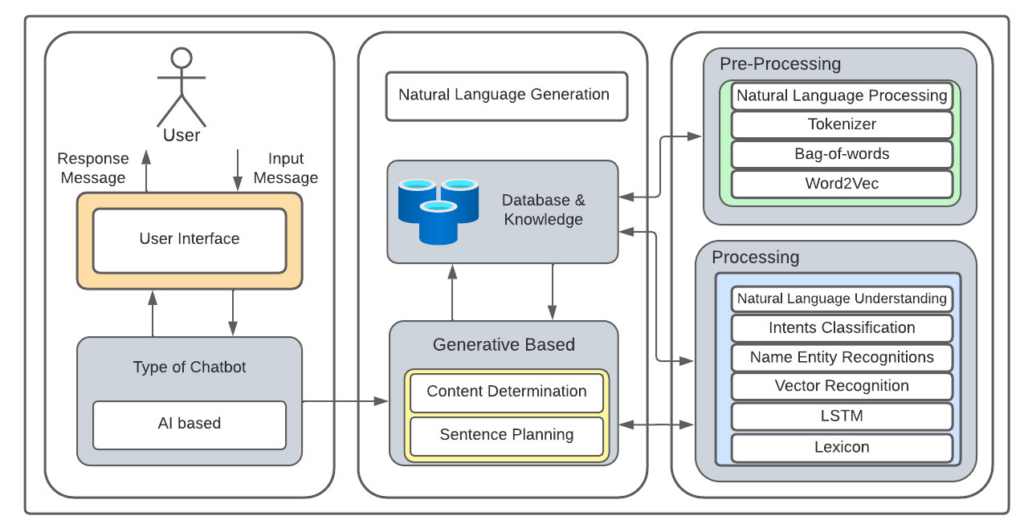Artificial intelligence (AI) has been transforming our daily lives, and its impact is expected to increase further over the coming years. As AI becomes more prevalent, it would be crucial to consider the various ethical connotations related to its implementation. It is essential to educate young persons on the ethics of AI, in order to equip them for the moral challenges that will arise.
Chatbots or conversational agents (CAs) are software applications that engage in conversations with a single user, either by voice or text. Their main objective is to identify and provide the best response for any request that the user might submit. The best response should effectively address the question and include relevant information, while following grammatical and lexical rules. This project proposes the development of a conversational agent with the capability of interacting with young users on the subject of ethics through natural language processing (NLP). The potential benefits of this project are numerous, including increasing the awareness of the young concerning AI-related ethics, improving engagement with the subject matter, and promoting ethical decision-making skills.
The methodology for developing the CA employed NLP and machine learning (ML) in order to understand user input and generate responses based on predefined patterns and tags. ML is a category of AI methods that empower machines without being directly programmed, implying that the software could adapt automatically to any new input. The chosen method relies on libraries such as TensorFlow and Keras to build and train a neural network that could predict the appropriate tag for user input, and provide a response based on the predicted tag.
This project contributes towards ensuring that young persons would be in a position to make informed decisions as AI continues to grow and shape our world. Moreover, the CA developed as part of this project could be easily adapted and integrated into existing educational platforms, making it accessible to a wider audience.

Figure 1. The architecture of a chatbot involved in understanding the user’s query and providing an appropriate response

Figure 2. Flowchart showing the different paths that a conversation between chatbot and user could take, based on the user’s input and the chatbot’s responses
Student: Daniel Cassar
Supervisor: Dr Vanessa Camilleri
